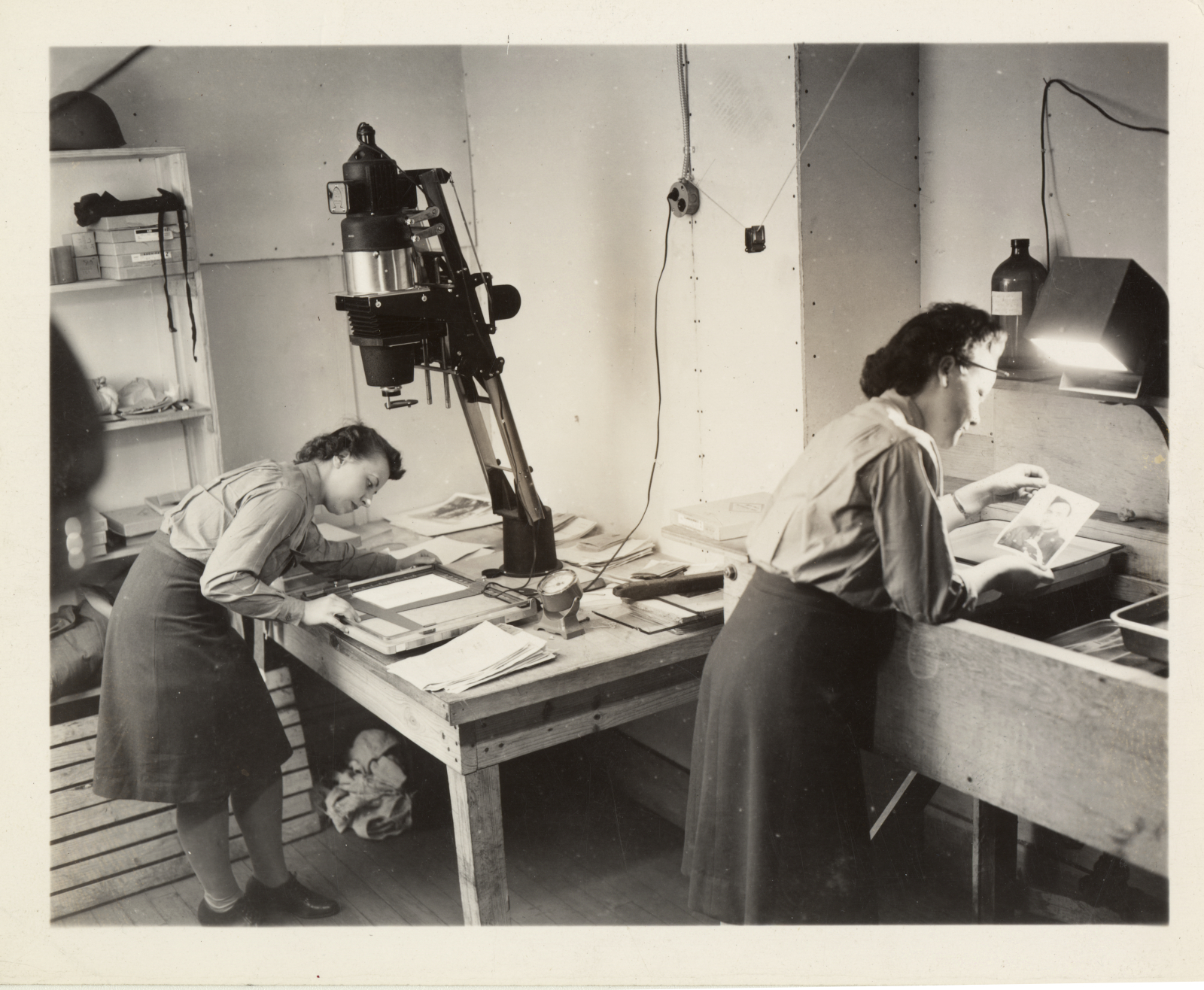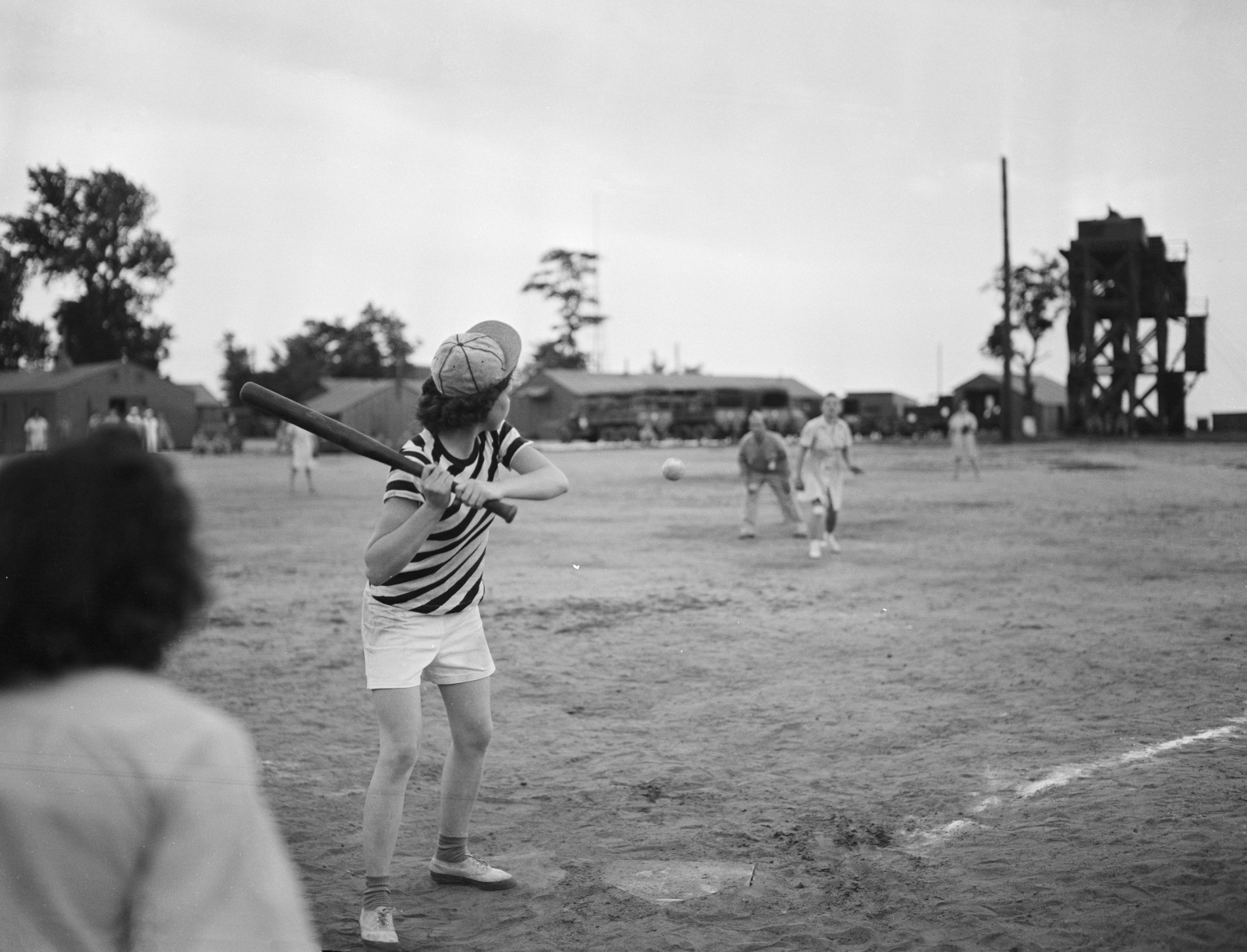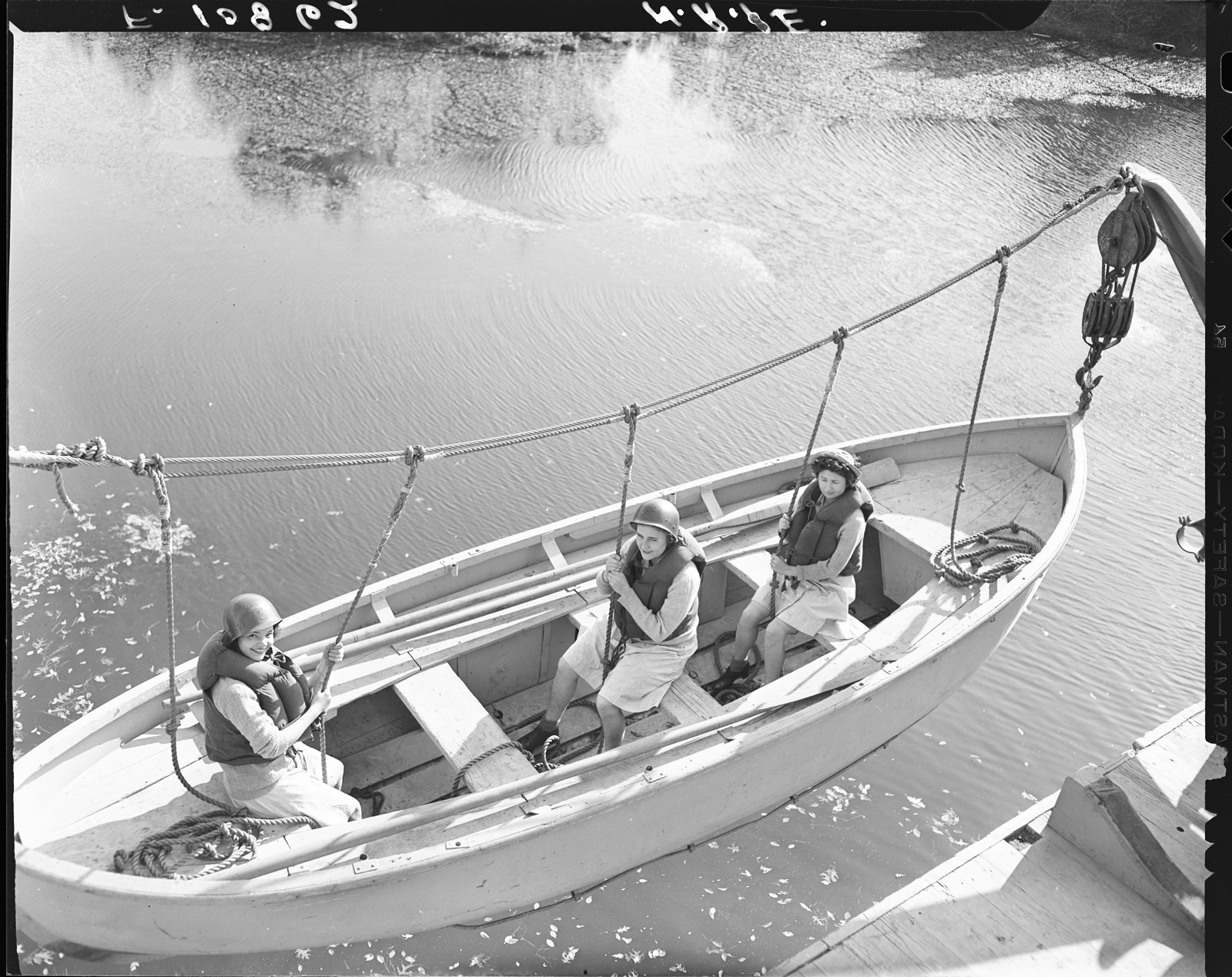The Women’s Army Corps (WAC) was formed in 1942; originally it was the Women’s Army Auxiliary Corps (WAAC), but it was converted to active duty status in 1943. This made WACs unique to other women’s military groups, because it was the first time, and the only group, that integrated women into the United States Military. Around 150,000 women volunteered to serve in the WAC during World War II. Women were not allowed to fulfill ‘active combat’ roles in the military, but that still left over 250 support roles in the army to step into, from stenographer to map maker, photographer to truck driver, mechanic to switchboard operator. All of these positions were vital to the war effort. Many of the women who joined the WAC had a relative or sweetheart already serving, and hoped to bring their loved ones home sooner by aiding in the war effort.
Most of these women served on the homefront, taking over office and other non-combat jobs so that men were able to go overseas to fight. These women were stationed in every type of state-side Army installation, working with the Army Service Forces, Ground Forces, the Army Air Forces, and in Army Hospitals.




WACs arrived at the Hampton Roads Port Of Embarkation (HRPE) on April 10, 1943 and worked at the port until the beginning of 1946, when they were either discharged or transferred (Library of Virginia; Daily Press; 03 February 1946). “Their work was so outstanding that more Wacs were requisitioned and three complete companies of Wacs are working there now” (The Times Dispatch, 25 March 1944).



The WACs working at the HRPE fulfilled many roles. Many organized the shipment of soldiers, nurses, and supplies to go overseas. They organized arrivals and departures, travel housing, and more. Several worked as secretaries or stenographers in army offices. Others worked as mechanics, testing and maintaining vehicles to be shipped overseas. In one newspaper article, encouraging women to join the WAC at HRPE, stated: “Women are urgently needed now to fill vital war jobs in Hampton Roads. Some of the jobs which are open to Wacs in the Transportation Corps are as follows: clerks typists, filing clerks, interpreters of languages, dispatchers – transportation cars and vessels – X-ray and dental technicians.” (The Times Dispatch, 25 March 1944).




The WACs weren’t all work, though, the port boasted a women’s softball, tennis, and basketball team, the women were given time to ride horses, visit the beaches, see the local sites (including The Mariners’ Museum, Colonial Williamsburg, and the Virginia War Museum), participate in dances and socials, and more!








Some WACs, stationed at HRPE and elsewhere, departed from the port when they were stationed abroad, too. In fact, nearly 1.5 million men and women were processed in and out of the port during the war (in the month of November 1945, the port debarked 127,000 people, and over 152,000 tons of cargo!) (Daily Press, 17 June 2017; Daily Press, 7 December 1945) . The first battalion of WACs in the European Theater of Operations (ETO) arrived in London in July 1943. These WACs served a variety of occupations, but there was an especially high demand for switchboard operators and typists. As the war progressed, more WACs were sent abroad to support the war effort, stationed later in France, Italy, Germany and many other locations on the continent. Some members of First WAC company, HRPE, were also sent to the Pacific Theater, specifically to New Guinea (Daily Press, 5 February 1945).




Embarking through HRPE, WACs would be housed and organized until they were ready to ship out, just like any other military personnel. The WACs would be given important information on where they were headed and what to expect when they arrived. They would also be served some ‘last comforts of home’ by Red Cross volunteers at HRPE, like evening dances, hot dogs, coffee and donuts.






We are especially lucky, at The Mariners’ Museum and Park, to house more than 1,200 photographs showing WACs working in, and traveling through HRPE. These include propaganda photos, training photos, lifestyle photos, event and parade photos, and working photos. It’s an amazing resource!











http://librarygallery.marinersmuseum.org/exhibits/show/hrpe/intro